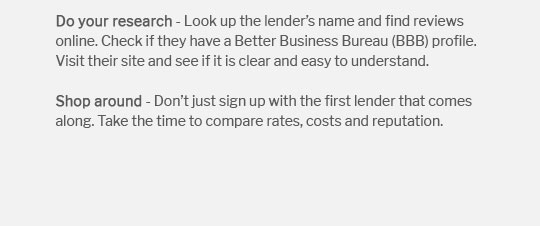 |
|||
 |
 |
 |
||
|---|---|---|
 |
||
 |
||
 |
||
 |
||
 |
 |
 |
 |
No PMI Refinance: A Comprehensive Guide to Home Loan RefinancingRefinancing your home loan without Private Mortgage Insurance (PMI) can be an attractive option for homeowners looking to lower their monthly payments and save on long-term costs. This guide explores the concept of no PMI refinance and offers insights into making the best decision for your financial future. Understanding No PMI RefinanceNo PMI refinance refers to the process of refinancing your home loan without the burden of PMI. PMI is typically required when your down payment is less than 20% of the home's value. However, refinancing can provide a way to eliminate this cost, potentially saving you hundreds of dollars per month. Benefits of No PMI Refinance
Eligibility CriteriaTo qualify for a no PMI refinance, you typically need at least 20% equity in your home. This equity can be gained through property appreciation or by paying down your mortgage over time. Lenders will also assess your credit score, income, and debt-to-income ratio. Steps to Refinance Without PMI
Things to Consider Before RefinancingBefore proceeding with a no PMI refinance, consider the following:
Frequently Asked Questions
https://www.reddit.com/r/homeowners/comments/rqmcmu/refinance_to_lose_the_pmi/
For those who don't know, PMI (private mortgage insurance) applies to mortages where the homeowner holds https://www.bankrate.com/mortgages/removing-private-mortgage-insurance/
One way to do this is by piggybacking that is, taking out a home equity loan, line of credit or other mortgage, in addition to the new ... https://themortgagereports.com/17861/private-mortgage-insurance-avoid-pmi-mortgage-rates
CitiMortgage: This nationwide lender offers the HomeRun Mortgage, which offers loans up to $ (higher in high-cost areas) with 3% down and no PMI ...
|
|---|